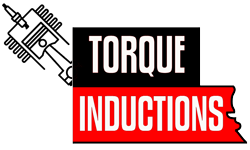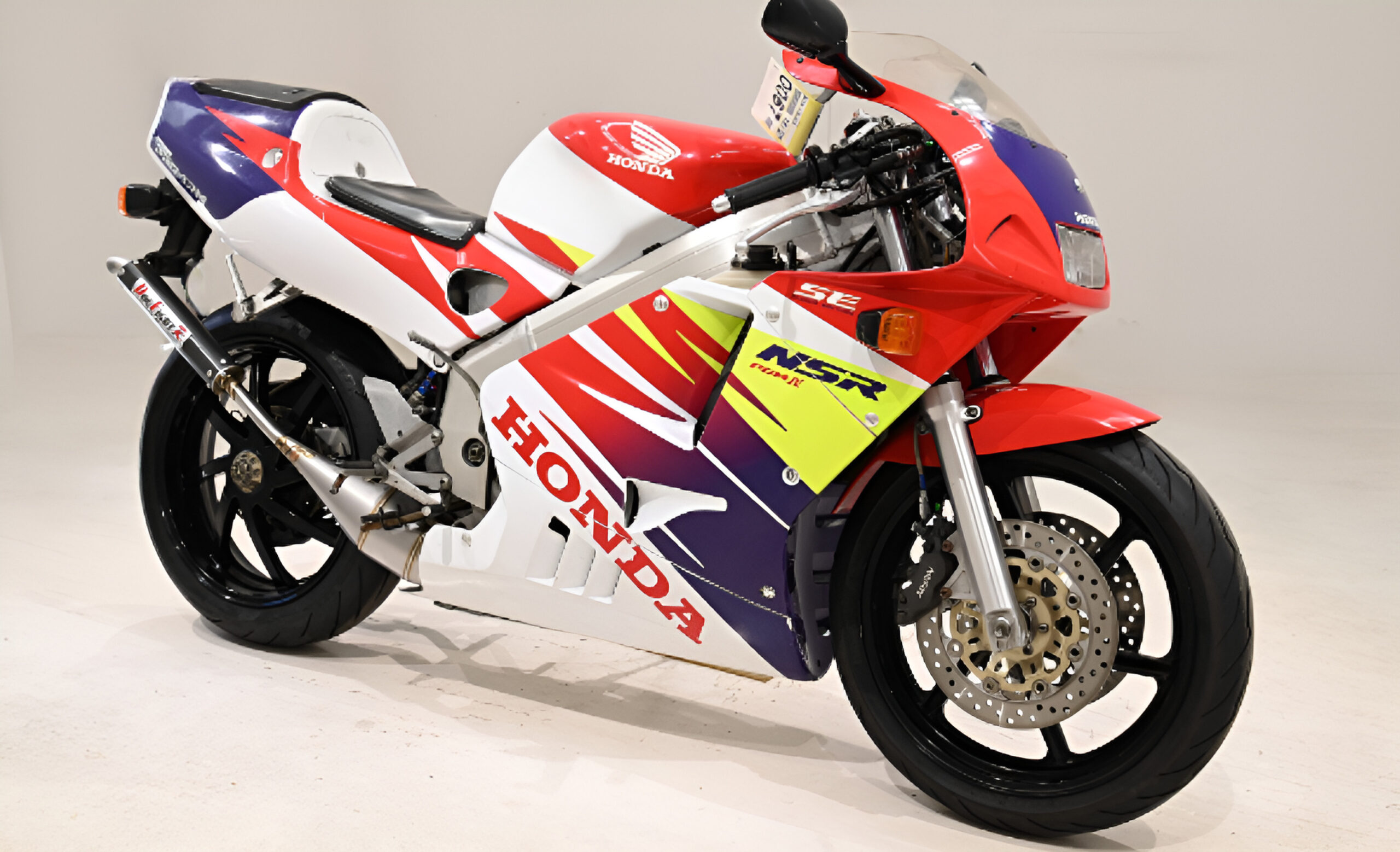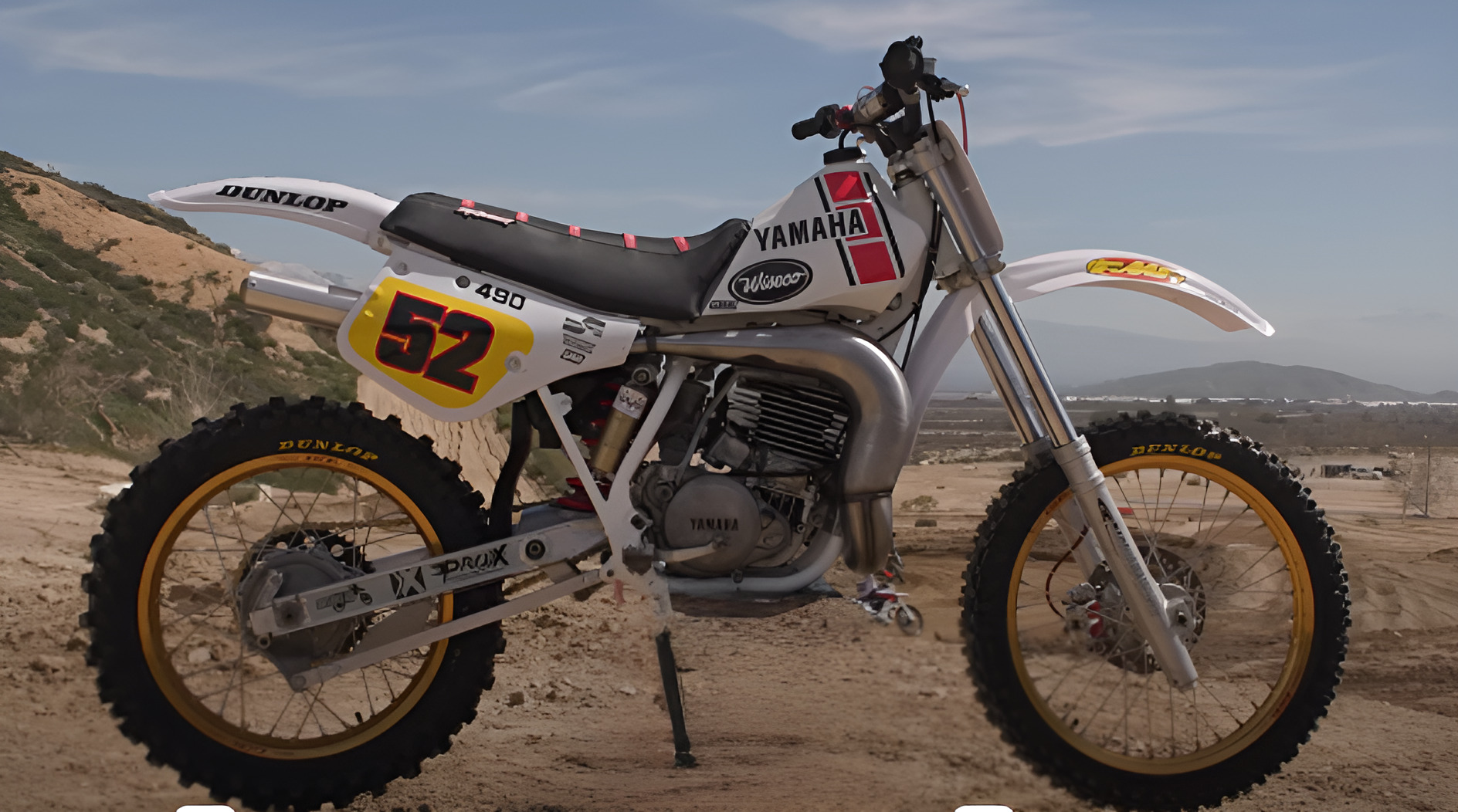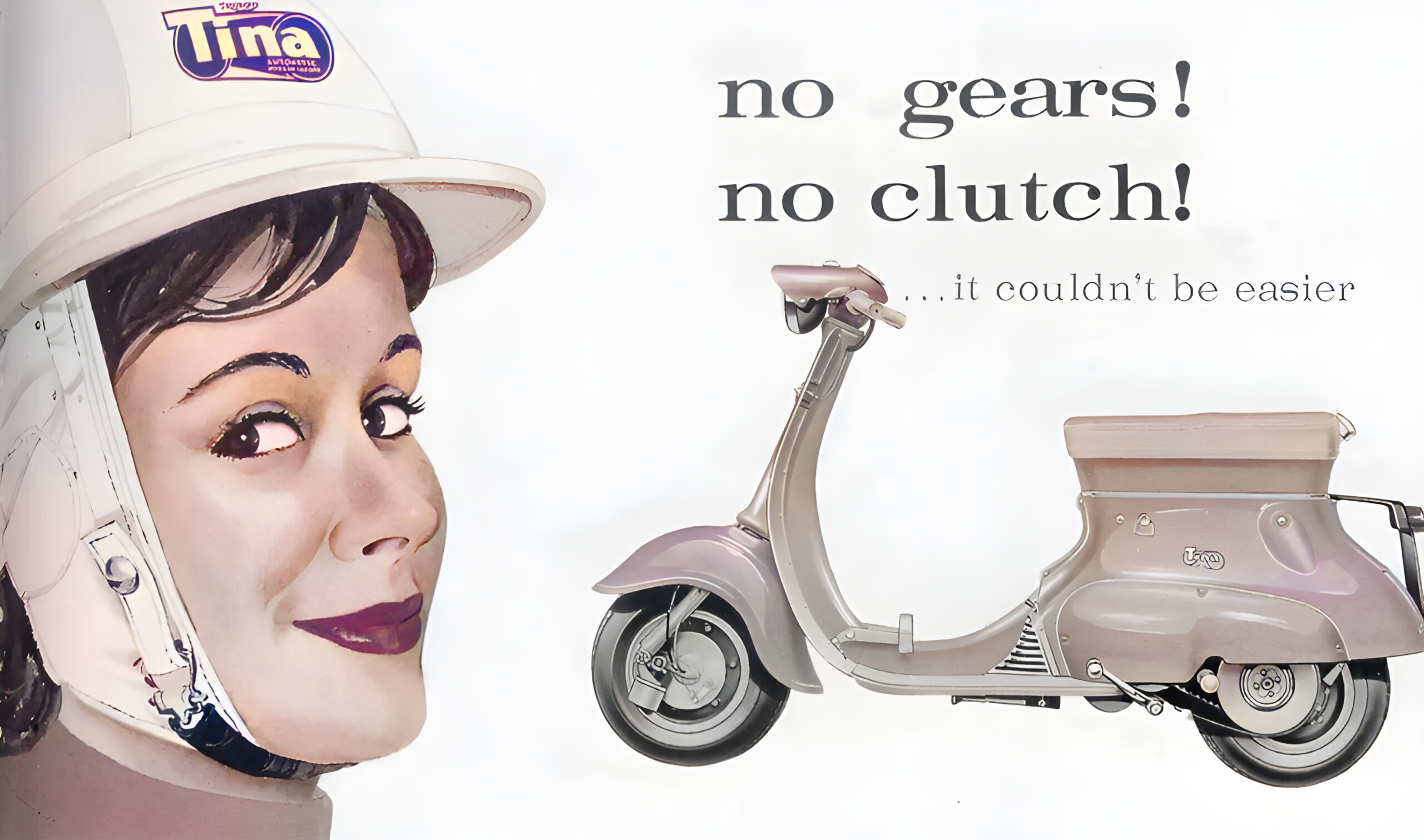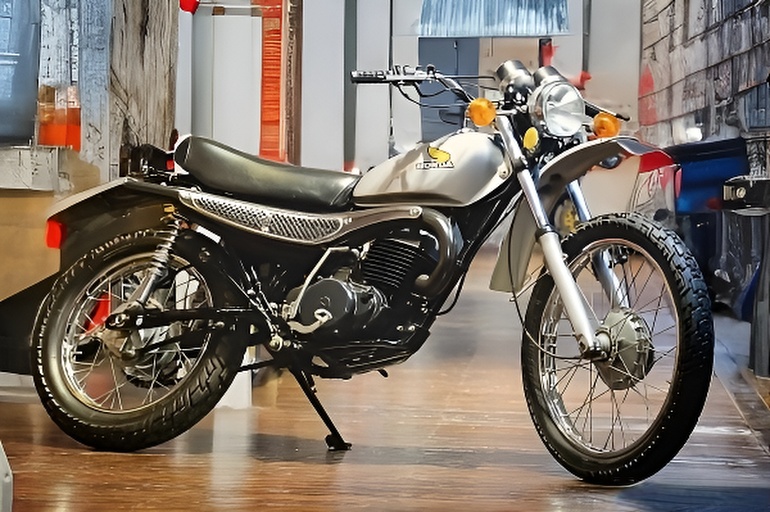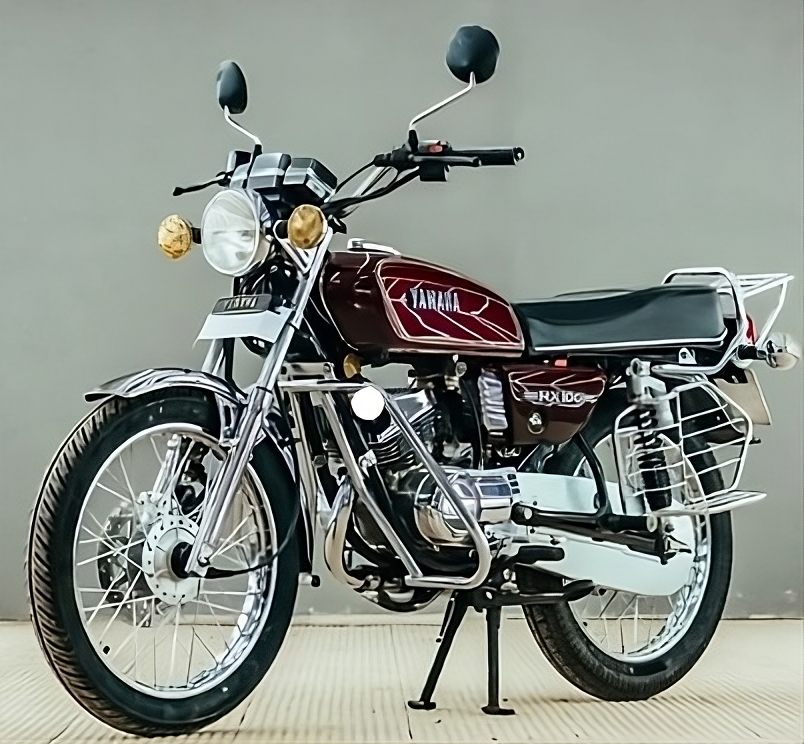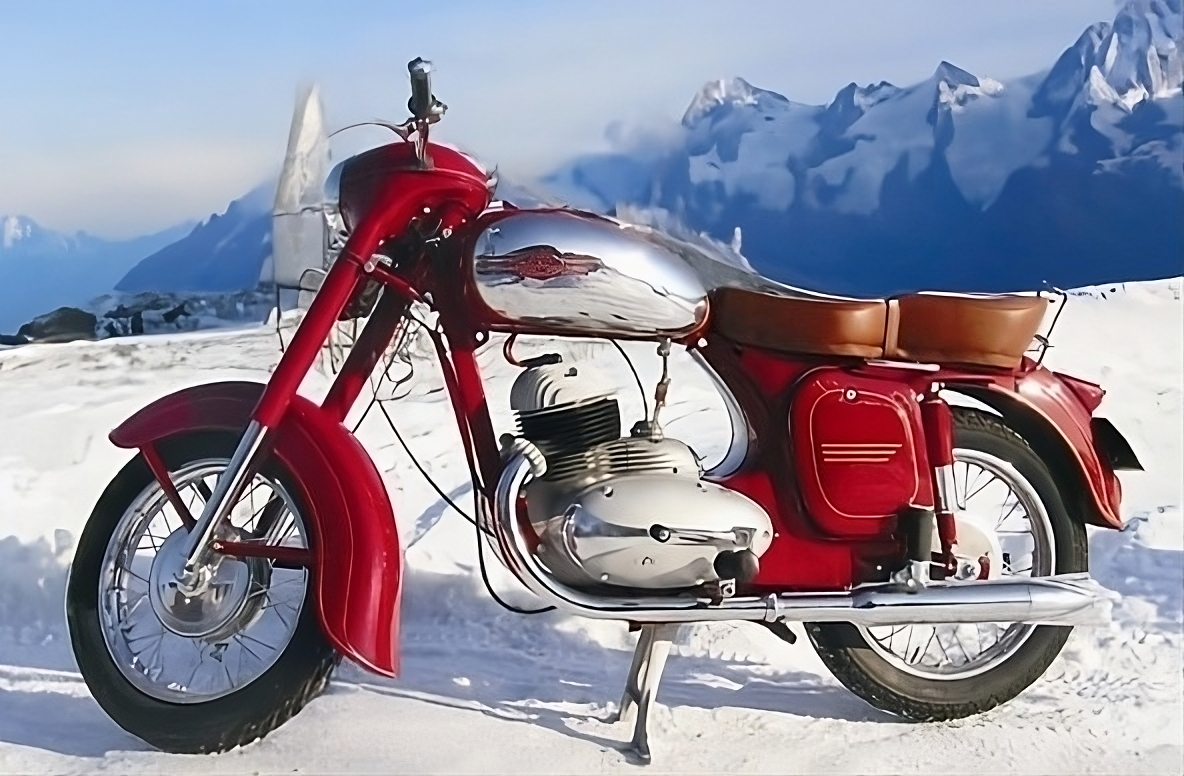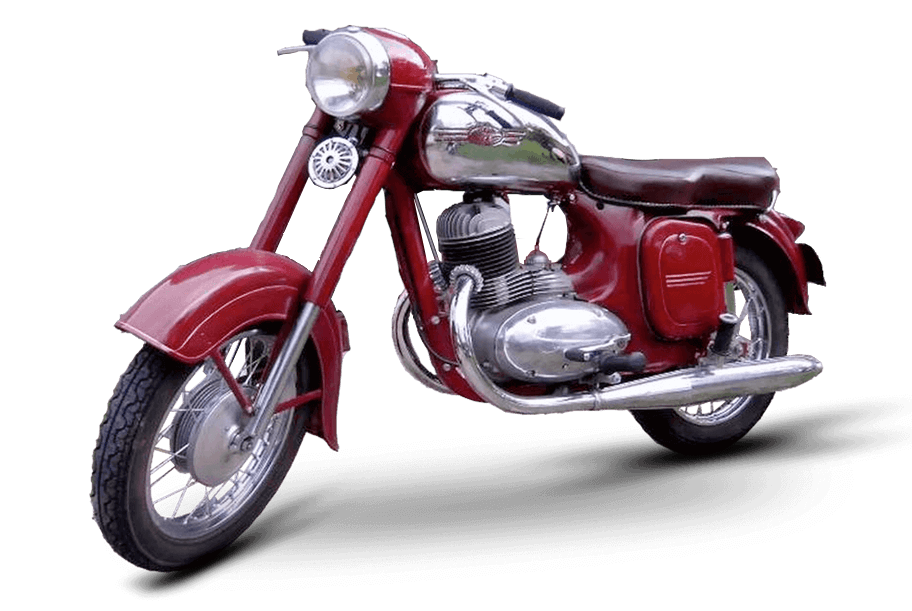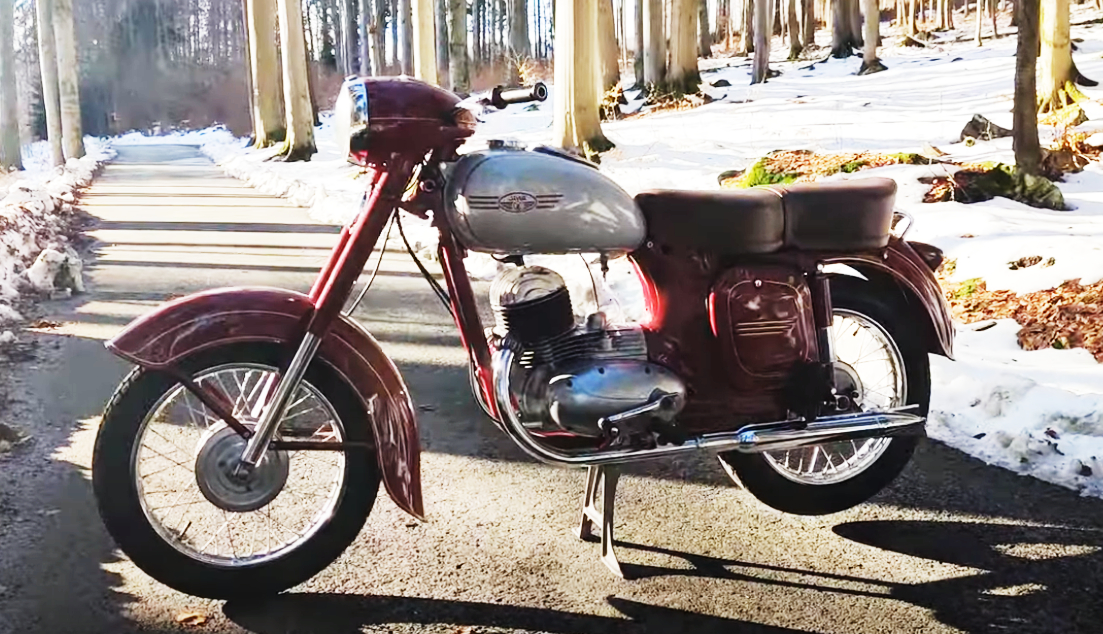The Honda NSR250, a racing legend, embodies speed and precision. With its 249cc two-stroke engine and racing pedigree, it remains a revered icon in the world of sportbikes, captivating enthusiasts with its thrilling performance.
Read moreAuthor: shoprd350
Yamaha YZ490: Unveiling the Powerhouse
The Yamaha YZ490, a legendary motocross icon, boasts unparalleled power and engineering finesse. With its robust build, precise handling, and dominant performance, this bike remains a timeless favorite among motocross enthusiasts worldwide
Read moreTriumph T10 Tina : Vintage Charm Revived
The Triumph T10 Tina, a petite yet spirited two-stroke wonder, epitomized vintage charm in its compact design. Ideal for urban adventures, its simple yet reliable build made it a beloved choice, capturing the essence of classic motorcycling
Read moreHonda CR480R ’82-’83 Tale: Riding High
Unleash the legacy with the Honda CR480R, a motocross titan of ’82-’83. Pioneering two-stroke supremacy, its power and agility defined a golden era, cementing its status as a quintessential classic in motocross history
Read moreUnearthing Adventure: Rediscovering the Honda MT250
The Honda MT250, a trailblazing off-road legend, boasted a robust 249cc two-stroke engine. Renowned for its versatility, it conquered trails effortlessly while maintaining Honda’s hallmark durability—a classic icon of adventurous spirits on two wheels
Read moreReviving Nostalgia: Exploring the Honda MT125R
The Honda MT125R, a vintage marvel, balanced agility and reliability. Its nimble two-stroke engine made it an off-road champion, while doubling as a versatile commuter. A testament to Honda’s enduring craftsmanship in classic motorcycles.
Read moreTimeless Thrills of Yamaha RX100: A Legendary Two-Stroke Icon
The Yamaha RX100, an emblem of classic biking, epitomizes the era of thrilling two-stroke motorcycles. Its powerful engine, agile handling, and timeless design capture the hearts of enthusiasts, embodying an exhilarating blend of performance and nostalgia in biking history.
Read moreJawa 350 Type 354: A Classic Vintage Motorcycle Gem
The Jawa 350 Type 354 embodies the essence of vintage motorcycles, boasting a powerful two-stroke engine and classic design. Its enduring charm captivates enthusiasts, reflecting nostalgia and timeless appeal within the realm of classic biking experiences.
Read moreThe Jawa 250 Type 353/04 Specifications
The Jawa 250 Type 353/04 encapsulates the allure of vintage motorcycles, boasting a reliable two-stroke engine and classic design. Its enduring charm appeals to enthusiasts, embodying the nostalgia and timeless appeal of classic biking experiences.
Read moreSpecifications for the Jawa 175/356
The Jawa 175/356, with its robust two-stroke engine and versatile gear ratios, embodies vintage motorcycle engineering. Its enduring legacy lies in its balanced performance and the precision of its Jikov carburetor, captivating enthusiasts of classic motorcycles.
Read more